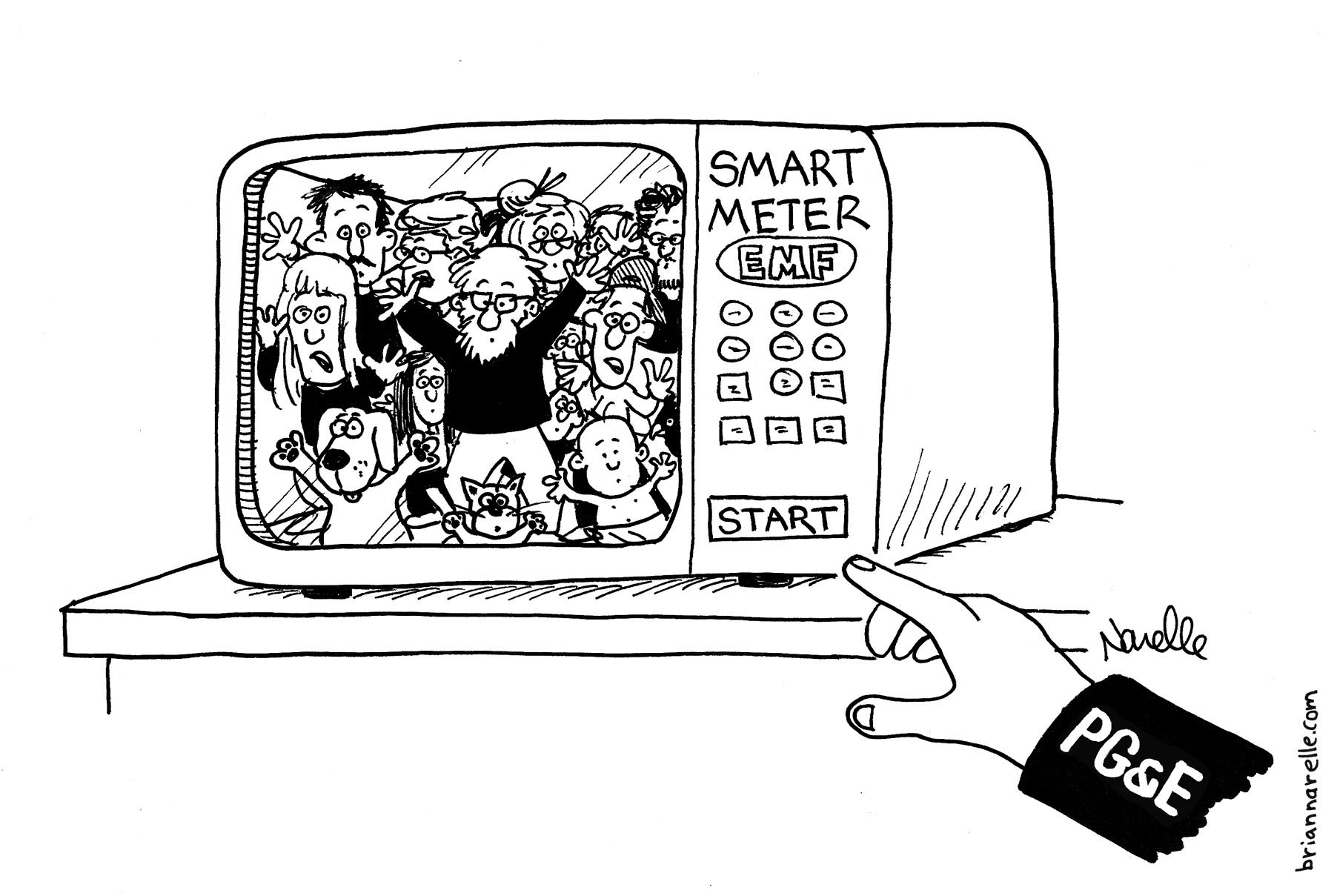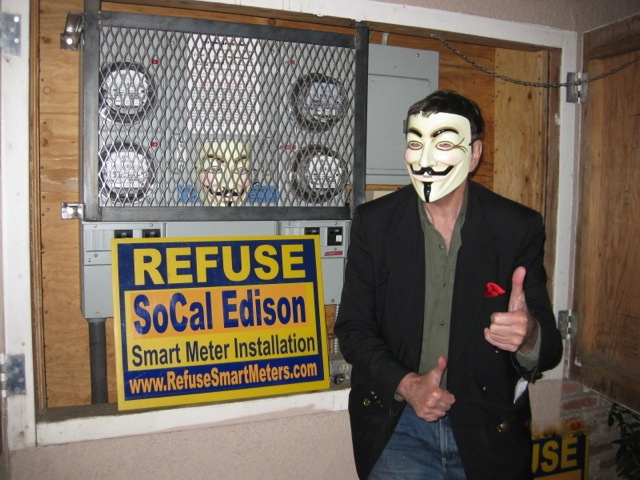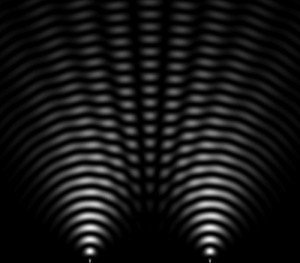 Sage Associates recently published “An Assessment of the EPRI Technical Report An Investigation of Radiofrequency Fields Associated With the Itron Smart Meter – Richard Tell Associates, Inc., December, 2010 by Sage Associates, November 11, 2011″
Sage Associates recently published “An Assessment of the EPRI Technical Report An Investigation of Radiofrequency Fields Associated With the Itron Smart Meter – Richard Tell Associates, Inc., December, 2010 by Sage Associates, November 11, 2011″
The Electric Power Research Institute (EPRI) commissioned a report by Richard Tell Associates Inc. that has assessed radiofrequency (RF) emissions from an Itron ‘smart meter’. The Itron meter is being installed in California by two electric utilities (SCE and SDG&E) and is similar to others being installed by other utilities. EPRI bases its report primarily on field measurements at the Itron meter test farms in southern California and South Carolina, two homes in Downey, CA, a drive-around street test in Downey, CA, and test results from two utilities.
The EPRI report concludes that no violations of current FCC public safety limits are predicted to occur. However, our analysis shows that this conclusion is unsupported and in error, according to the FCC OET Bulletin 65 rules for predicting public exposures.
The EPRI report does not address compliance of multiple meters, at 100% duty cycle (which is required under FCC OET 65 formulas), and our calculations show violations at 60% reflection factor (the lowest level the FCC regulations specify). Multiple meters will also violate FCC OET 65 public safety limits for calculations using 50% to 100% duty cycle at 100% reflection factor, which are reasonable, worst-case assumptions.
The EPRI report provides a generic, best-case assessment of RF emissions since it focuses on ‘typical’ meters rather than a broad range of conditions of location, installation and operation of Itron meters under real-world conditions. It does not provide a reasonable, worst-case analysis, nor take into account the way in which utilities are actually locating meters in neighborhoods, nor address that the public cannot be excluded from very close proximity to meters on their own homes.
The author says that only approximations of RF exposures for ‘typical’ meters, in ‘common’ installations applying to ‘common’ exposures of individuals, are ‘likely’ to comply with FCC exposure limits. This report ignores meters that are being installed outside these highly limiting parameters, where duty cycles may be far higher, installations within or very close to occupied spaces of a home, and where there may be less shielding and more reflection of building materials that amplify exposures rather than reduce them. Tell discusses many problems with predicting RF emissions and the need for long-term statistical monitoring of matured (read fully deployed and operational) smart meter networks across regions. He says this testing cannot be done today.
Utilities are hoping for the best, and deploying at full speed, regardless of the clear ‘between-the-lines’ warnings, from their own highly regarded expert.
Deploying millions of wireless utility meters on such limited testing and questionable assertions of safety is unwise. Given that RF has recently been classified as a Possible Human Carcinogen, and this wireless utility meter initiative imposes the most extensive RF blanket yet created over every living resident that is electrified, ratepayers and the decision-makers will not know what irretrievable commitments of health and resources have been made until it is too late. Where even the best industry study cannot give more reliable and defensible evidence of compliance with FCC safety limits, public utility commissions should halt the rollout, pending demonstration that RF emissions meet FCC public safety limits under a reasonable worst-case assessment as determined by FCC OET 65 formulas. As a consequence, no positive assertion of safety can be made by the parties involved in this issue, nor are any solid answers provided by this EPRI report.







